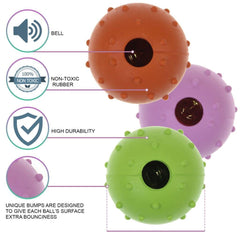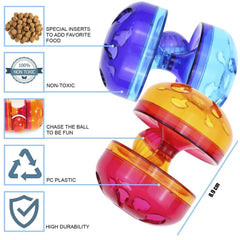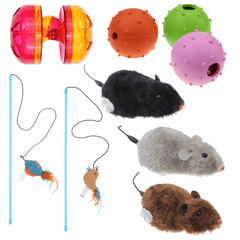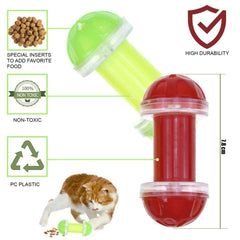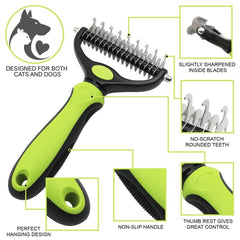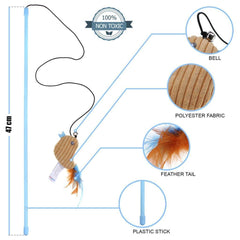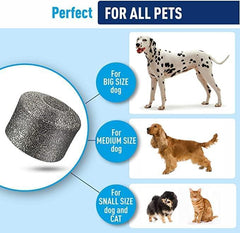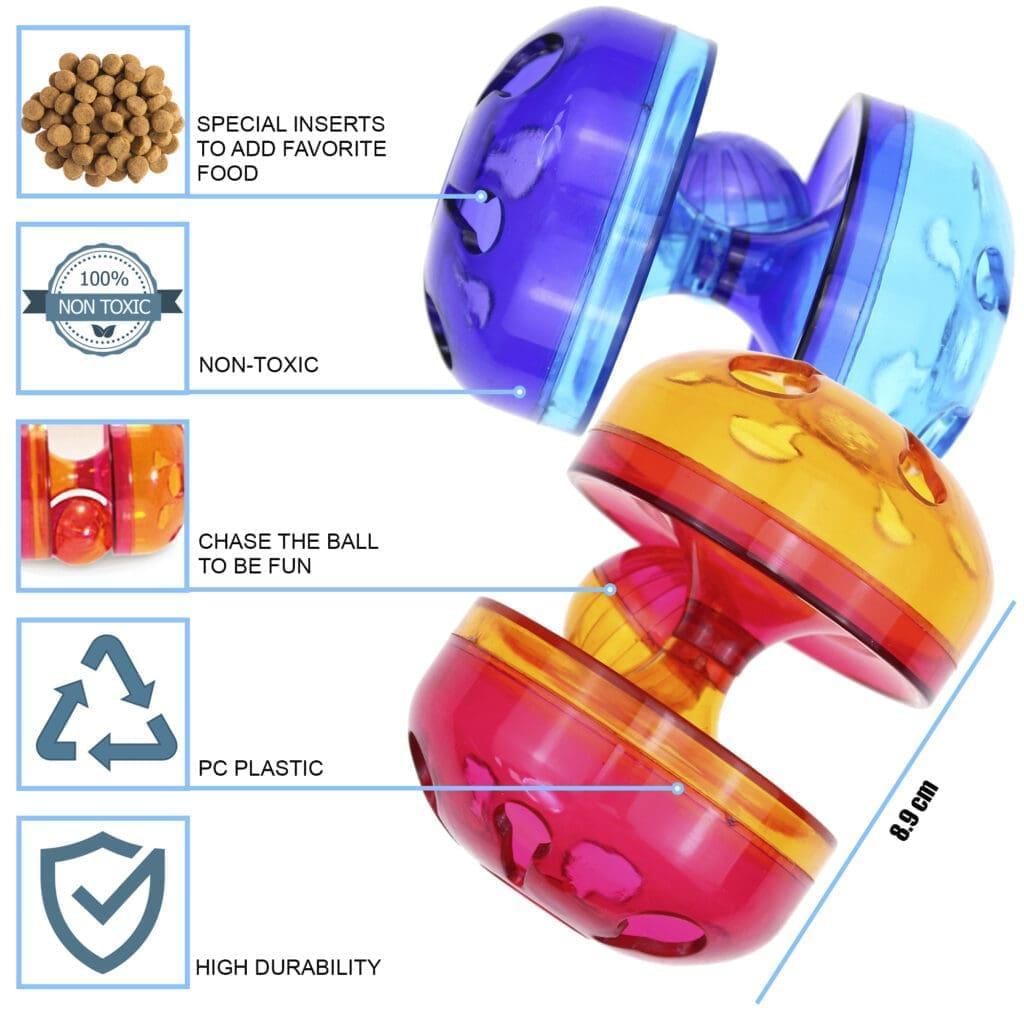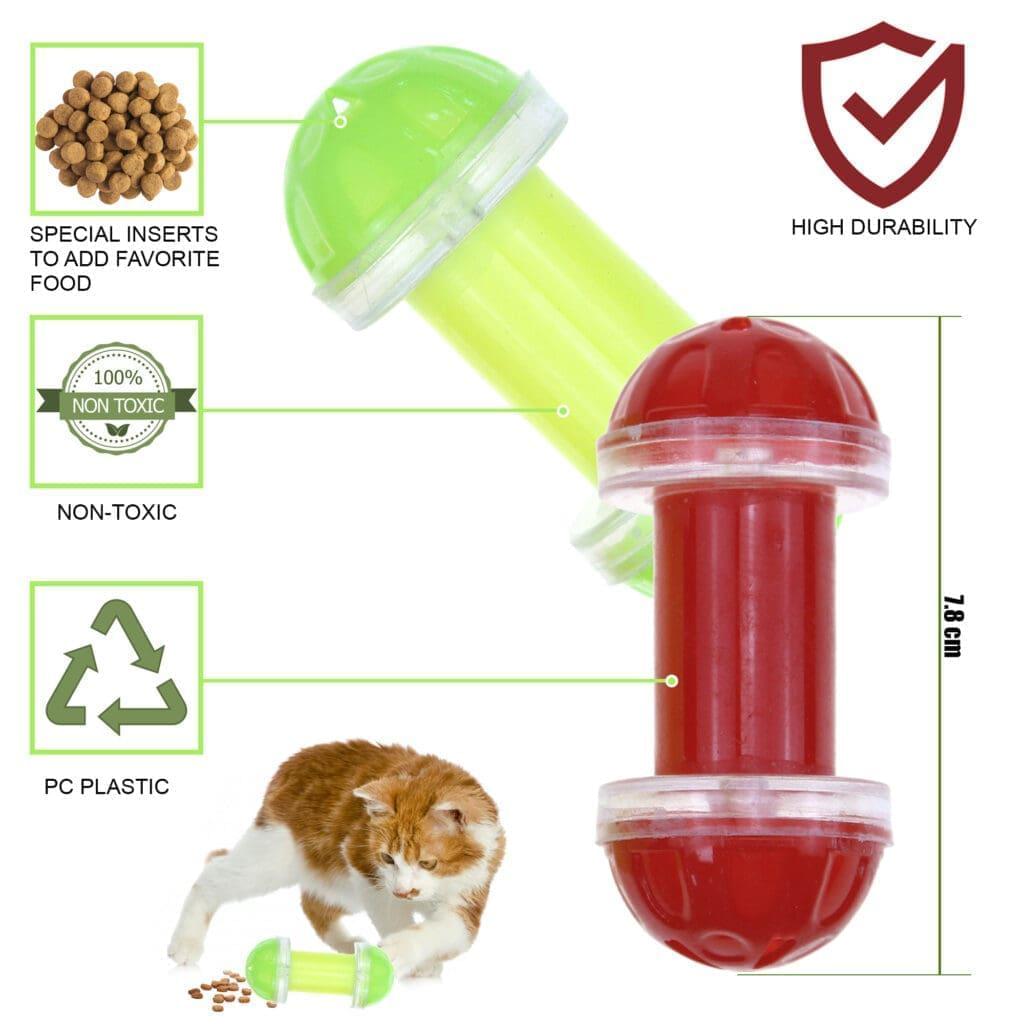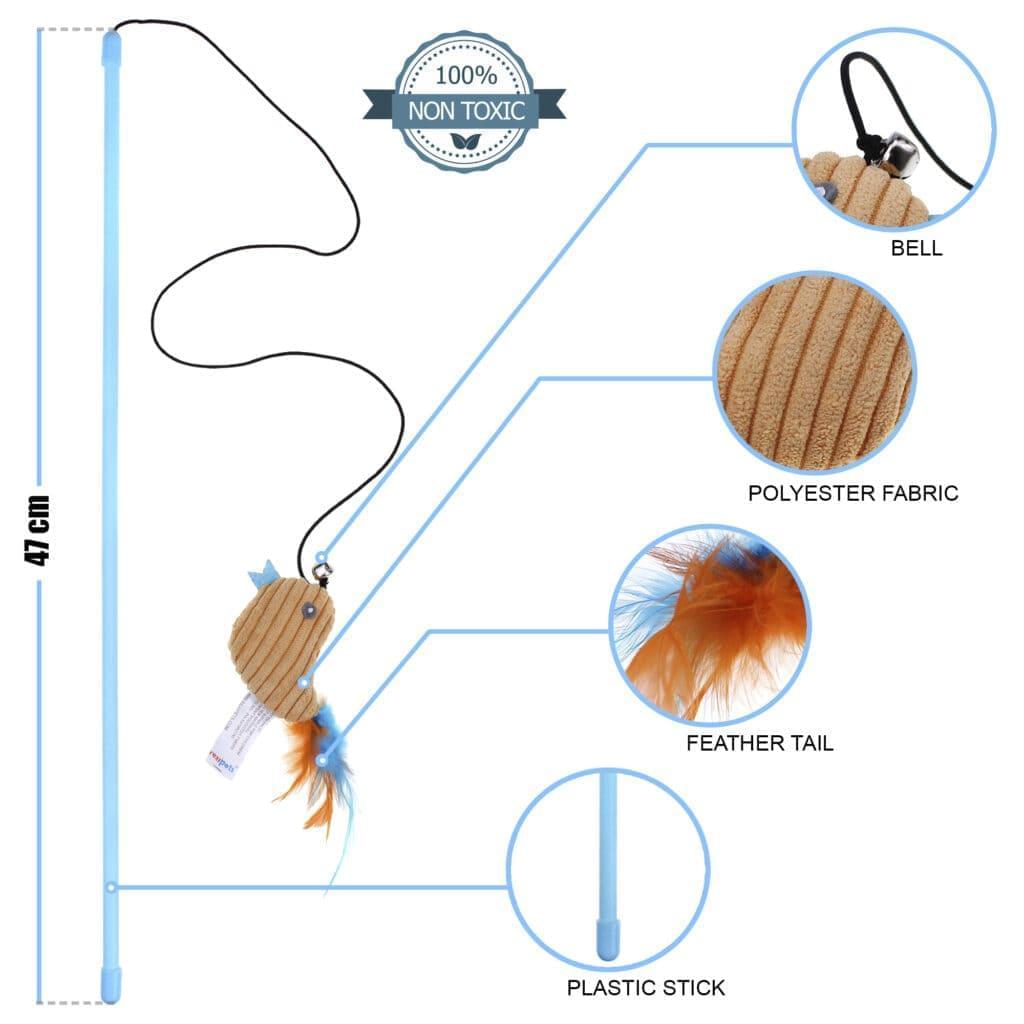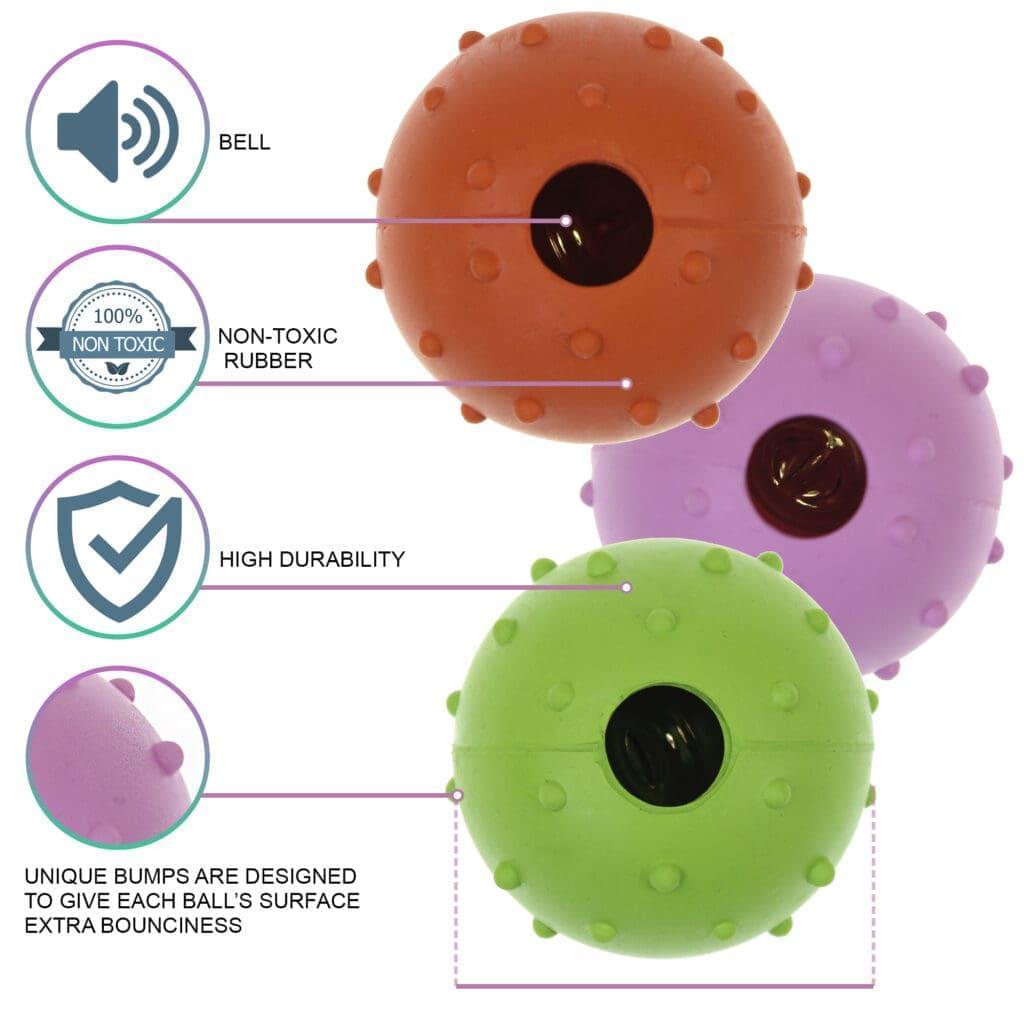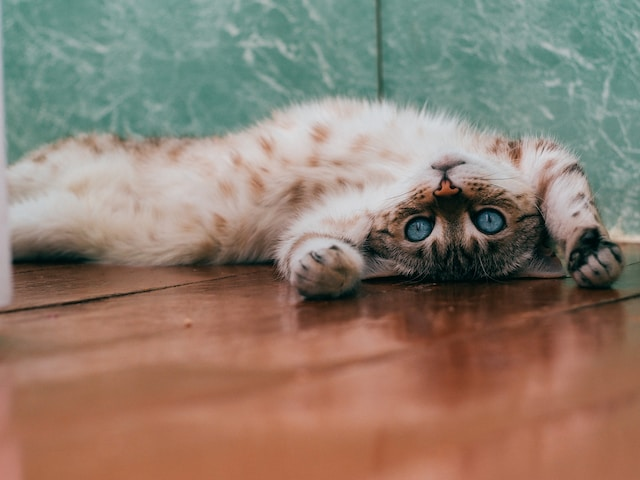
Are you always witnessing your cat choosing violence with your couch? Has furniture upkeep become a compulsory part of your life?
Well, we may have something to help you not go insane or broke being a cat owner.
Claw caps are mainly a safer and easier-to-use option which comes in different sizes so that it fits all cat breeds. These caps can last for many weeks before needing replacement. It’s essential to note that all cats won’t tolerate wearing caps, and some may even try to get them off.
Cat Nail Caps: What's The Hype All About?
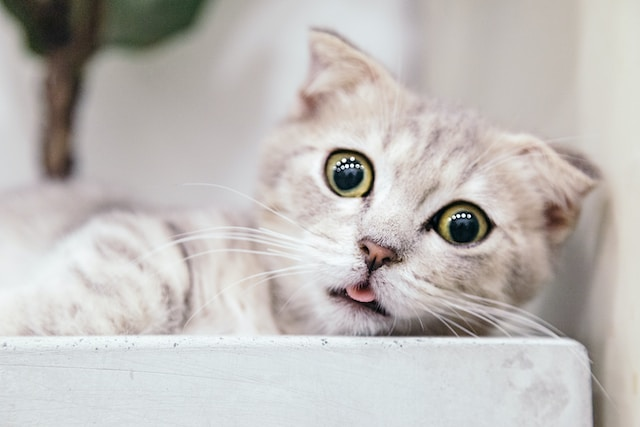
Cat nail caps are these adorable little plastic or acrylic claw covers you can put on your cat's claws. They can shield you and your valued possessions from those oh-so-sharp claws. Instead of putting your furry friend through the pain of declawing, nail caps offer a kinder alternative.
Important Note: Moreover, applying the nail caps is easy peasy! Just use the built-in adhesive or the special glue that comes with them, and you're good to go. They stay in place for about 4-6 weeks, giving your cat claws time to grow naturally. When it's time for them to come off, no worries! They simply fall off on their own.
But here's the best part – these nail caps come in a variety of vibrant colors! So, you can basically turn your kitty's claws into a fashion statement. It's like kitty nail art, adding a splash of pizzazz to your furry friend's look.
Things To Know Before Using Cat Nail Caps
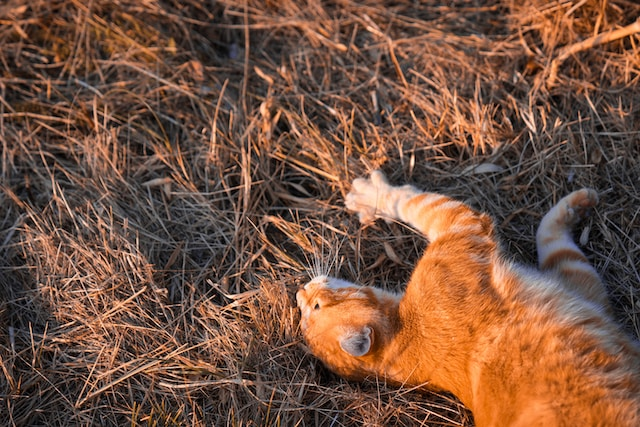
Using nail caps is a significant commitment and demonstrates your dedication to caring for your cat once the caps are applied. They can be suitable for families with small children, delicate furniture, or rescued cats that may exhibit reactive or aggressive behaviors.
However, it's important to note that nail caps require regular maintenance, can take time for your cat to adjust to, and come with their own risks.
If you're thinking about using nail caps, watch out for a couple of things before you make your decision.
How To Apply Cat Nail Caps?
When dealing with kittens, you can apply nail caps without trimming their nails. There will be enough room for nails to properly attach to the soft claws nail caps.
However, once your cat becomes an adult, it's advisable to lightly trim the ends of their nails before applying the caps. Be cautious not to trim too much, as this can leave their claws sensitive and more susceptible to infection.
Each set of nail caps usually includes a small tube of glue specifically there for the application. It's essential to only use the glue provided with the cat claw caps. Using another glue not meant for this may have unexpected effects on your cat's nails or the cap material.
Important Note: Fill each cap with approximately 1/3 of the glue or as instructed on the box for specific caps. Gently apply light pressure when putting caps on the top of the joint of the paw, and slide the cap into place.
Suppose your cat struggles during the trimming or capping process. Then, it may be helpful to practice touching and handling cat claws and paws before attempting to apply the caps.
Don't fight with your cat because this can make the process dreadful and provoke much more resistance. Instead, work slowly toward it to help them become accustomed to the necessary steps before applying the caps.
Most nail caps take around 10 minutes to fully set after application, but they should be partially set within 5 minutes. However, observe the cat for 10 minutes after applying the caps.
Discourage your cat from biting or licking its cat claw covers right away, as it can pull the caps off and temporarily damage its claws in the process.
Do cat nail caps hurt cats?
Nope, if applied correctly, cat claw covers don't cause any pain to cats. However, they may feel odd, and your cat may take some time getting used to it.
At first, your cat might even walk a little differently with the cat nail caps on until they adjust. It's a normal reaction to these cat nail caps.
But if the cat claw covers are put on improperly, they can be uncomfortable and cause pain. Improper application can irritate the nail bed and increase the risk of inflammation or even infection.
The good news is that nail caps shouldn't leave any lasting damage on your cat's paws. Even if they're not appropriately applied, once you take them off, the paws should heal fine, as long as there aren't any serious untreated infections.
If you think the nail caps weren't applied correctly and your cat's nail beds might be affected, it's best to get them to the vet as soon as possible. The vet can remove the caps and provide all the necessary treatment for your cat's paws.
Cat Nail Caps Pros and Cons
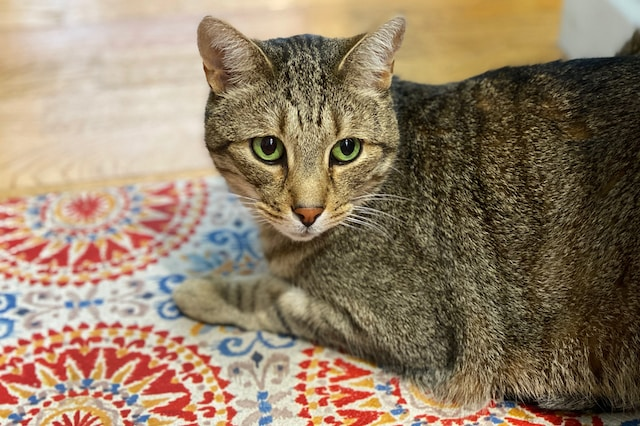
Knowing all the pros and cons of cat nail caps before you decide to get them for your cat is essential.
Let's discuss the pros of these cute little cat nail covers with you first before we look at the cons of cat nail caps.
Pros
Merely the cuteness of these fun little cat nail caps should be enough for you to get them for your cat. But there are pros to it that you should know before you buy them in every color for your cat.
-
Furniture protection
Nail caps prove to be highly efficient in preventing cats from scratching fabric, leather, carpeting, curtains, and other susceptible surfaces. While your cat may still engage in clawing behavior, these caps are a protective barrier, ensuring that no damage occurs. This way, both you and your feline companion can remain content and satisfied.
-
Prevents injuries
Nail caps offer a valuable solution for cats that struggle with controlling their claws, display aggression, or need to interact with strangers or small children. These caps' gentle tips effectively prevent unintentional and intentional scratches, prioritizing your safety and well-being.
-
Affordable alternative
When considering the expense of replacing valuable home furnishings and carpets, or the benefits of declawing cats, cat nail caps offer a cost-effective solution to prevent damage or injuries in your living space. They are a budget-friendly way to safeguard your home, saving you from potential costly replacements while maintaining a safe and intact environment.
-
Unhindered claw growth
Despite common misconceptions, nail caps do not hinder average claw growth. In fact, this is why the caps naturally fall off every 4-6 weeks. During this time, the outer layer of the cat's nails comes out along with the cap, allowing room for new growth. This process ensures that your cat's claws can continue to grow and function normally.
-
Flexibility of use
You can use nail caps for as long as necessary, typically in 4-6 week intervals. If you no longer require them, you are not obligated to continue using them. It provides flexibility and allows you to adapt to your cat's changing needs.
-
Reduced risk of infectious diseases
Using nail caps, unlike declawing, does not raise the risk of infection in your cat's paws when applied correctly. However, it is crucial to ensure that all the nail caps are not irritating the nail bed or causing abrasions. Because an improper application can indeed increase the risk of infection, it's essential to take care during the application process to minimize potential complications and maintain your cat's paw health.
Cons
We know the pros may have already made you browse cat nail caps online. But wait, we have cons for you to weigh before hitting that checkout button!
-
Temporary solution
Nail caps are a temporary solution and will eventually fall off as part of your cat's natural claw growth cycle. It's necessary to replace them every 4-6 weeks, and in some cases, individual nail caps fall off and may need to be replaced even more frequently. This regular replacement ensures the effectiveness of the nail caps may, at times, be a hassle.
-
Behavioral changes
Initially, wearing nail caps may feel strange to your pet, but most cats tend to adapt over time. However, it's vital to note that not all cats will adjust to nail caps, and for some animals, caps can cause significant stress. It might also meddle with your cat's behavior.
-
Hindered movement
When cats are initially introduced to nail caps, they may experience changes in their movement patterns. While some cats eventually learn to walk normally again with the caps on, others may not fully adjust to the covers and continue to have altered movement.
-
Disarmed defense mechanism
Since claws serve as your cat's primary defense and hunting tool. When you make them wear nail caps can leave them vulnerable if they are allowed to roam outside freely. It's crucial to consider the safety implications and potential risks before using nail or claw caps, even on a cat that spends time outdoors.
-
Complications
A lot of cats aren't fond of having their paws handled, and some may resist when it comes to applying nail caps. This resistance can result in scratches, mess with the glue, and other possible accidents that create a hassle.
-
Choking hazard
Certain cats, particularly those with difficulty with nail caps for various reasons, may use their nails to remove the caps. If they succeed in removing the caps, there is a chance that they may ingest the nail cap. Thus, it becomes a choking hazard and poses a health risk.
-
Limiting climbing ability
Suppose your cat is a fan of running, jumping, and climbing. In that case, it may encounter some difficulties with these activities once nail caps are applied. Climbing, in particular, relies on claws for grip, and cats can benefit from the added leverage and stability provided by claws.
Thus, using nail caps can sometimes limit your cat's mobility and affect its ability to engage in these activities.
Cat Nail Cap Alternatives
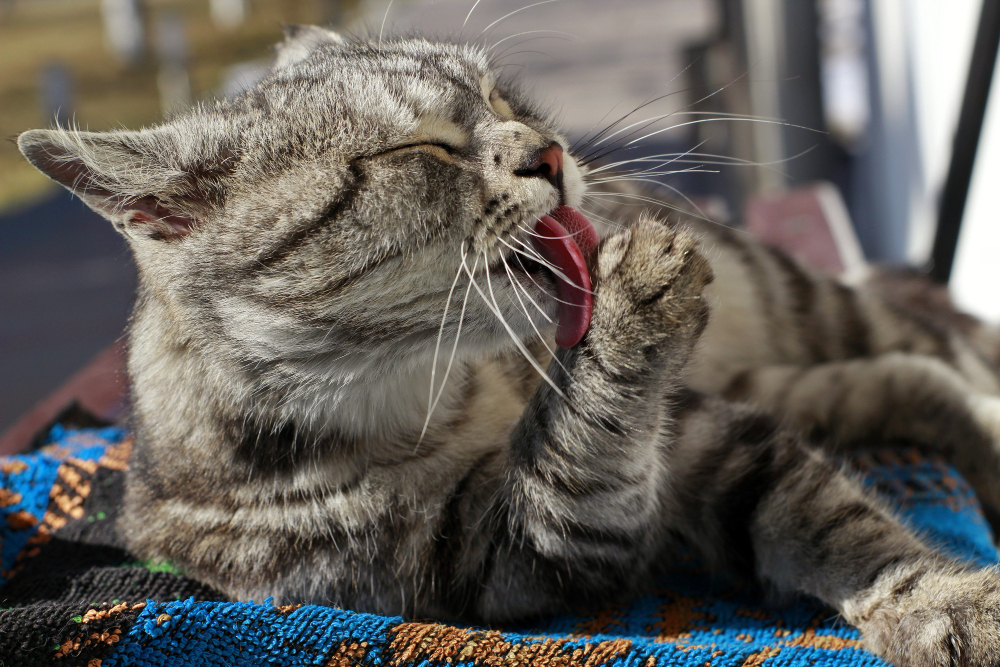
You can take a few alternative steps if nail caps aren't for your cat. These include -
Trimming your cat's nails
Regularly trimming your cat's nails is an alternative to using nail caps. You can have a professional groomer handle the task or do it at home if you and your cat are comfortable. For that, you need to have cat accessories for nails and paw care. Trimming the nails helps keep them shorter and prevents excessive scratching.
By scheduling regular nail trims, you can maintain your cat's nail length and reduce the risk of damage caused by scratching. Whether you opt for professional grooming or do it yourself, regular nail trims can be an effective solution for pet parents who decide against using nail caps.
Introducing scratching posts
To encourage cats to use scratching posts instead of furniture, you can place them near the areas they typically scratch. Gradually move the post closer to the desired location as the cat becomes accustomed to using positive reinforcement. Always reward them when they use the scratching post.
You can pet them, use positive enforcement, and offer their favorite cat treats as rewards. Providing positive associations with the experience can help train your cat to prefer the scratching post over furniture.
Guard your furniture
To make furniture less appealing for cats, cover it with a blanket or sheet to restrict access. Additionally, pet stores offer furniture guards and shields designed explicitly for this purpose. Another option is to use a spray deterrent.
Several companies produce cat repellent sprays that contain scents disliked by cats. Applying these sprays to the items you want to protect can help deter cats from scratching them.
These strategies, such as covering furniture or repellent sprays, can discourage cats from engaging in unwanted scratching behavior and redirect their attention to more appropriate alternatives.
Final Words!

So, now that you know all about nail caps, you can make an informed decision for your cat as a responsible cat owner rather than opting for declawing cats. It's essential for all cat owners to consider all the pros and cons before opting for it.
Remember, it is essential to prioritize your cat's mental and physical well-being over any furniture. So if it does not suit your cat's needs, just opt for the alternatives we have discussed.
However, after weighing everything, if you feel like it is the right decision to get nail caps, what is stopping you? It is time to say goodbye to scratched furniture and accidental scratches on your skin.
These cute little nail caps protect yourself and your home while keeping your cat's claws stylishly covered. It's basically a win-win for everyone involved!
